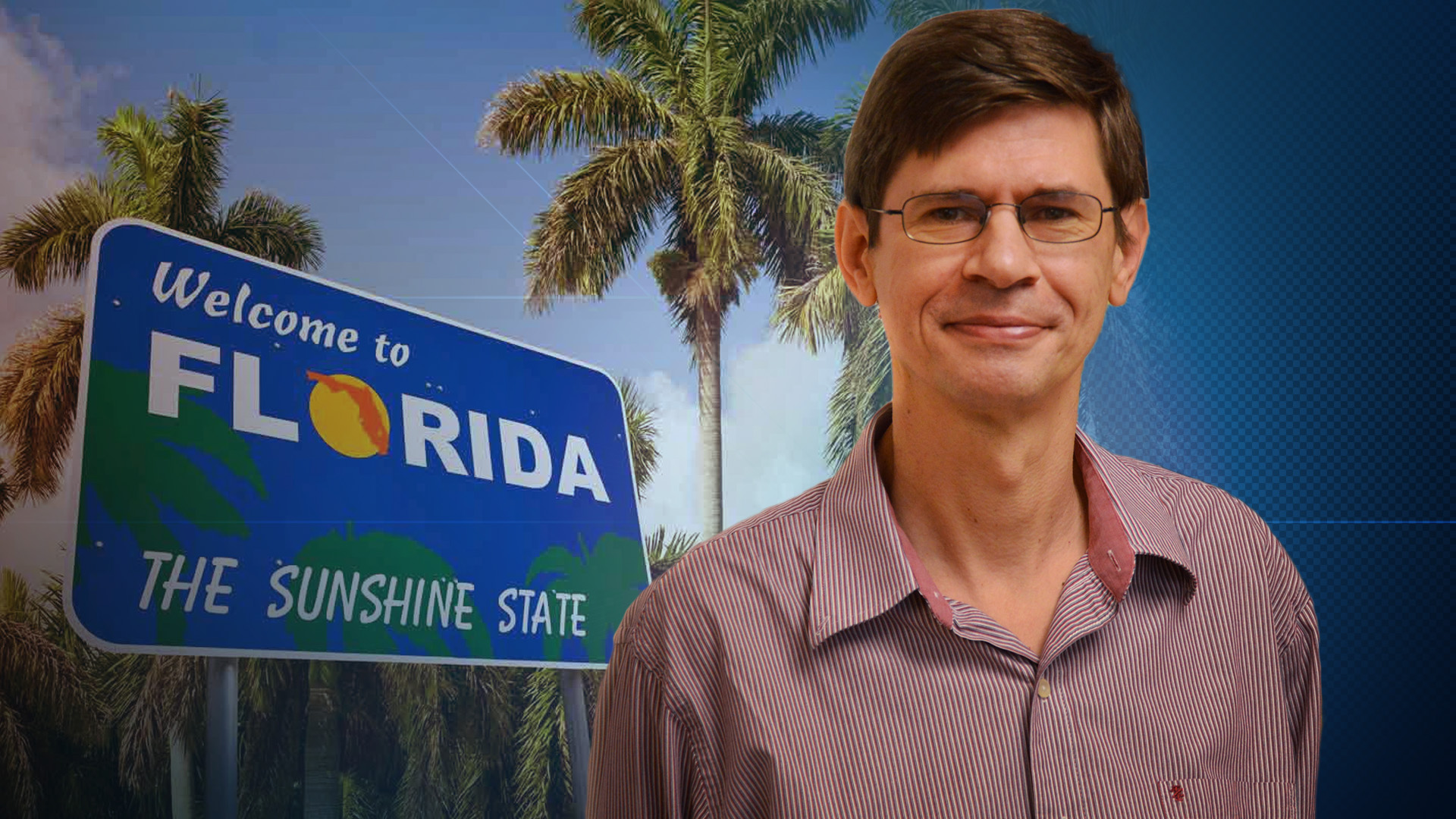 HHP - Update me in site_config > General Configuration
HHP - Update me in site_config > General Configuration

March 23, 2021
Andrei Kirilenko, Ph.D., is an associate professor in the Department of Tourism, Hospitality and Event Management at the University of Florida College of Health & Human Performance. He recently completed a study with the Eric Friedheim Tourism Institute looking into the economic and social value of the tourism industry in Florida.
His team’s study measured how residents of Florida perceive the overall benefits that the tourism industry brings. Read more about Dr. Kirilenko’s research and additional projects in development in the Q&A below.
In general terms, pre-pandemic, how was Florida doing compared to previous years in terms of visitors and tourism?
Florida was rapidly increasing the number of incoming tourists. We’ve had this trend going up and up so that Florida became the top worldwide tourism destination. For international tourists, Miami is the main point of interest. Domestic tourists are very interested in Orlando.
At its pinnacle, Florida reached 132 million tourist visitors which is an incredible number as it doesn’t take into account the local people traveling. The estimation of the impact of Floridians traveling long distance is about 40 percent of the travelers, so you can add another 50 million travels by people who are enjoying our nature, amusement parks and beaches.
How do international and domestic tourists differ when visiting Florida?
The main difference is in the diversity of visited destinations. In a study based on social media, we found that over half of all international visitors go to just two destinations – Miami and Orlando. When you look at how domestic travelers are exploring Florida, there are more favorite destination points such as St. Augustine, which is very important historically for the United States. Many domestic travelers also go to the Gulf Coast: Tampa, Naples, Panhandle. Still, half of all domestic travelers are attracted by only seven destinations.
In comparison, there’s much more diversity in how Floridians are exploring our attraction points. Florida residents just know many more things about our state. Florida has a great capacity to promote our state for visitors.
When it comes to tourism, how do attitudes of Floridians compare to residents of other destinations?
Interestingly, we found that a relatively high percentage of the residents (about 30 percent) of the main tourist areas – Miami, Orlando and Panhandle – say that they would prefer having a lesser amount of tourists. As we think about those results, maybe, those are the signs of what is known as “overtourism.”
We see those signs in many popular destinations worldwide. In Barcelona, the locals were demonstrating against tourists on its streets and beaches, even vandalizing rental bicycles. In Venice, citizens were blocking the passage of cruise ships, effectively forcing the city to cap the number of cruise ship dockings, souvenir shops and restaurants. In New Zealand newspapers, locals are complaining that their favorite natural attractions are overrun with international visitors, urging the government to act.
I think that in our research we are capturing the early signs of local residents dissatisfied with overtourism. Perhaps, the reason is that a considerable number of Floridians don’t perceive the benefits of tourism in their area. This is an especially worrying sign that the majority of those people are young Floridians, especially those who are below 25 years old.
Overall, however, more than 85 percent of Floridians consider tourism a benefit for their respective areas, especially in terms of its importance for the economy. Tourism, however, is not only a vehicle of tax generation and job creation. Our study shows that it also creates better opportunities for education, equality, health services, and so on.
What additional projects are you working on right now?
I am involved in multiple projects. The one which is the most fun for me is on people traveling during the pandemic with a pilot study on Yellowstone, which we are doing together with Luyu Wang, a student in tourism, hospitality and event management. After the COVID-19 outbreak, Yellowstone had closed and re-opened for tourism only at the end of May 2020. Since that time, the park picked up a tremendous number of visitors. During the second part of 2020, the number of visitors was 14 percent higher than during the corresponding part of 2019.
We’re especially interested in the emotions of tourists traveling during the pandemic. We did an analysis of the reviews tourists are leaving on social media comparing that with the previous years. We were expecting people would express more fear due to COVID-19 health risks. Instead, the dominating negative emotion was sadness. So we see lots of people are coming to enjoy our outdoors – they’re not angry or very fearful of what’s happening – but they are more sad than usual.
Our overall goal for this research is to collect social media data from tourists visiting close to 200 national parks throughout the world and evaluate the difference in how the people from different cultures are travelling and expressing their emotions under the health risks.
Do you have any travel plans, post-pandemic?
Absolutely, and we also traveled during the pandemic. Together with our two daughters, we traveled to different locations in the Appalachian Mountains. We rented through Airbnb outside the major populated areas exploring the national forests and wilderness areas. We plan to do the same as soon as we get our COVID-19 vaccinations.
The Eric Friedheim Tourism Institute (EFTI) is dedicated to engaging with and providing research insights to address industry needs. To learn more about travel and tourism research, including a series of live EFTI.Talk webinars, visit uftourism.org.
--
Comment / Like / Share - Connect with #UFHHP
FACEBOOK │ INSTAGRAM │ LINKEDIN │ TWITTER
--